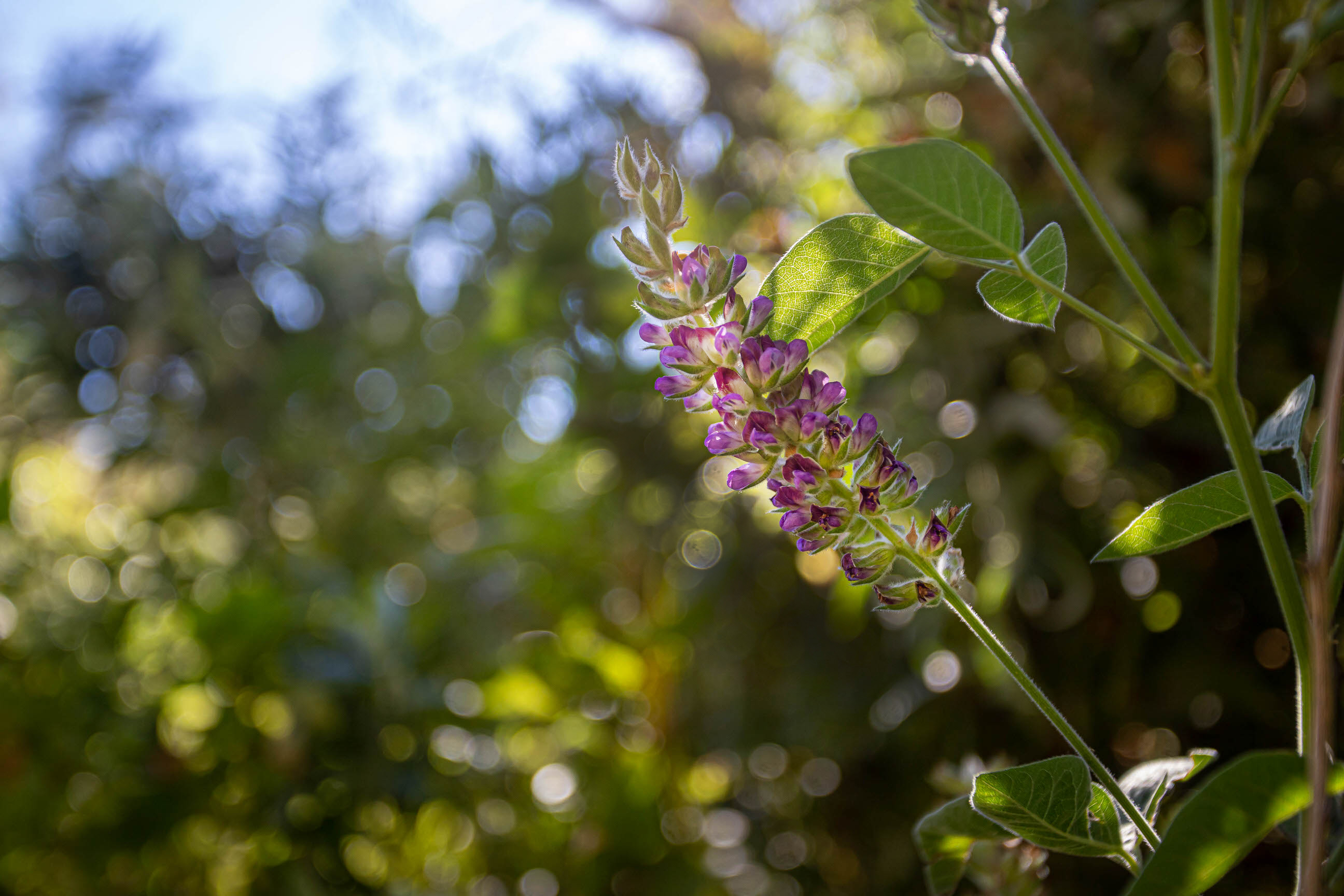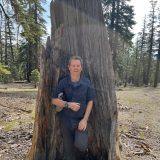Measure your outdoor adventures by hours per mile.
Spending time on our trails has always been a needed outlet — even when the specter of a pandemic was not looming over our everyday activities. But as people seek a way to get away from it all, bigger crowds have appeared in our California open spaces, with mixed results. Trails have been more crowded than I remember. Social distancing is hit-and-miss. Trash piles up from the crowds and the many newcomers to our trails. Courtesy to others is not always the default. Mask up, mask down, no mask, who yields? Do you move off the trail or thank those who extend courtesy to you? Things are so different on the trails!
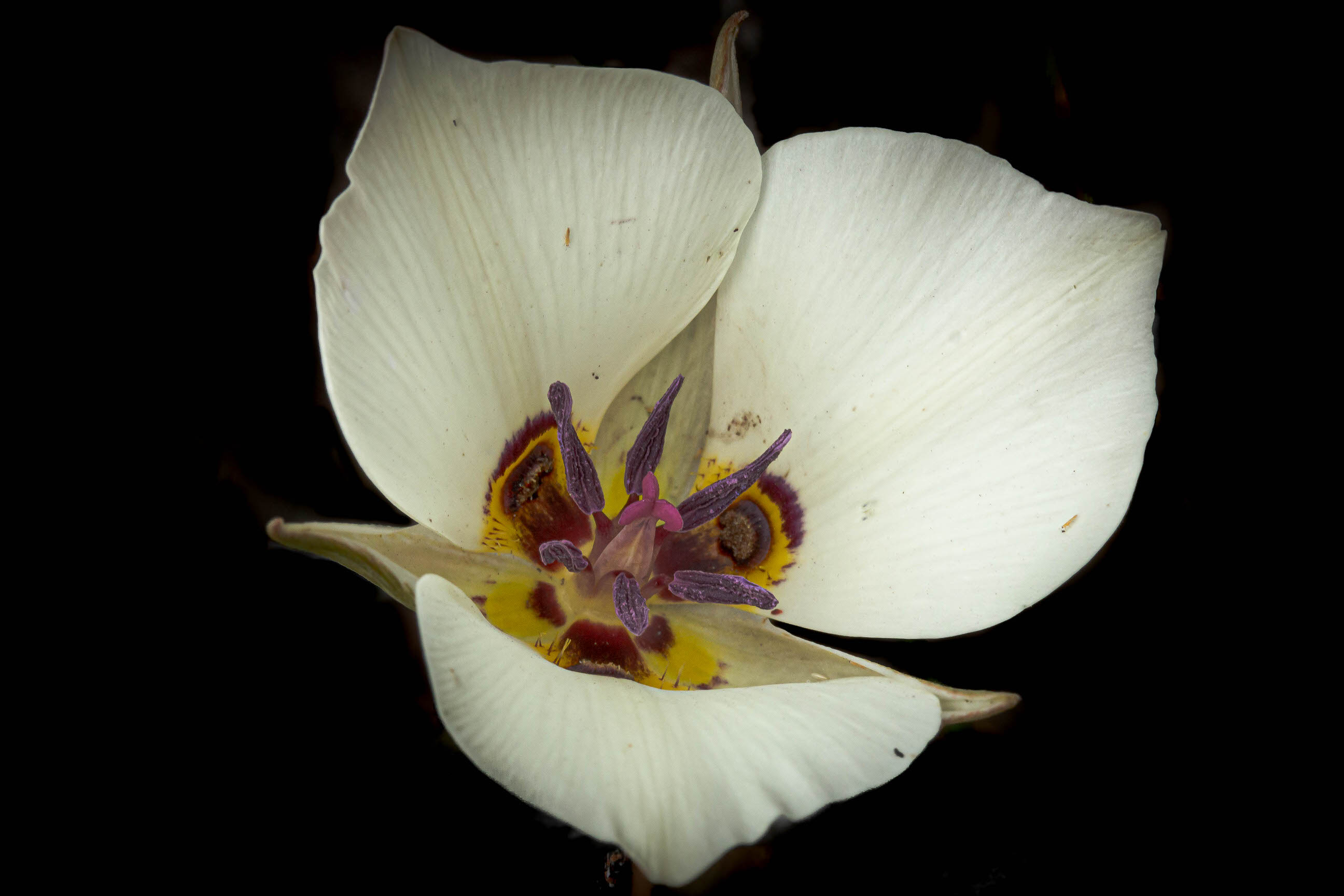
A Mariposa Lilly at the Rush Creek Trailhead in the Inyo National Forest. Photo: George Sherman
Always Blooming
But the one thing that has not changed is the plants that bloom every year and the pollinators (birds, bees, butterflies, moths, etc.) who visit them. Winter rains bring about the largest number of blooming plants — so much so that most people assume flowers only grow in the spring. The influx of flowers is so great that we have massive quantities of migratory pollinators that follow the wave of spring from Mexico to Canada, working alongside the pollinators that live here year-round. Spring flowers fade, migratory pollinators move north, but local pollinators need to get through summer, fall and winter. As a result, there are a variety of flowers that are regularly coming into bloom and then out again. Every few weeks bring a fresh group of plants in bloom. Other plants — specifically the shrubs along the trail, will produce fruit to create another generation of the species.
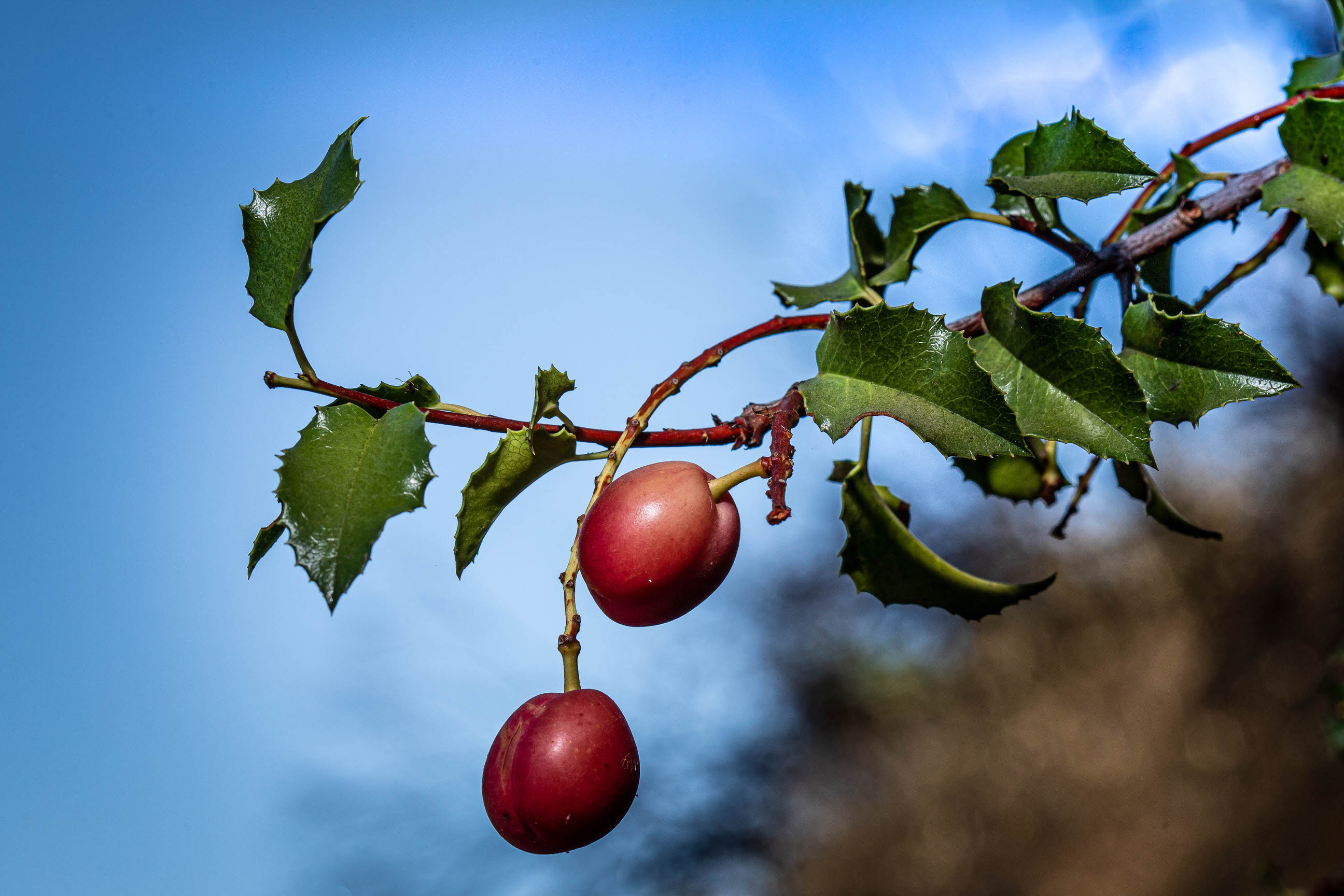
Wild cherries ripening in the sun in the Santa Monica Mountains. Photo: George Sherman
Being Mindful of the Trail
As you are enjoying the trails, the plants and creatures that depend on them are busy and as mindful of you as you are of them. Unfortunately, modern civilization has overridden the importance of being in sync with the changes at the trail’s edge. Indeed, being oblivious to the continual change of plants along the trail has an advantage — you can move faster, go farther, have more in-depth conversations with your trail partners or even get lost in your thoughts.
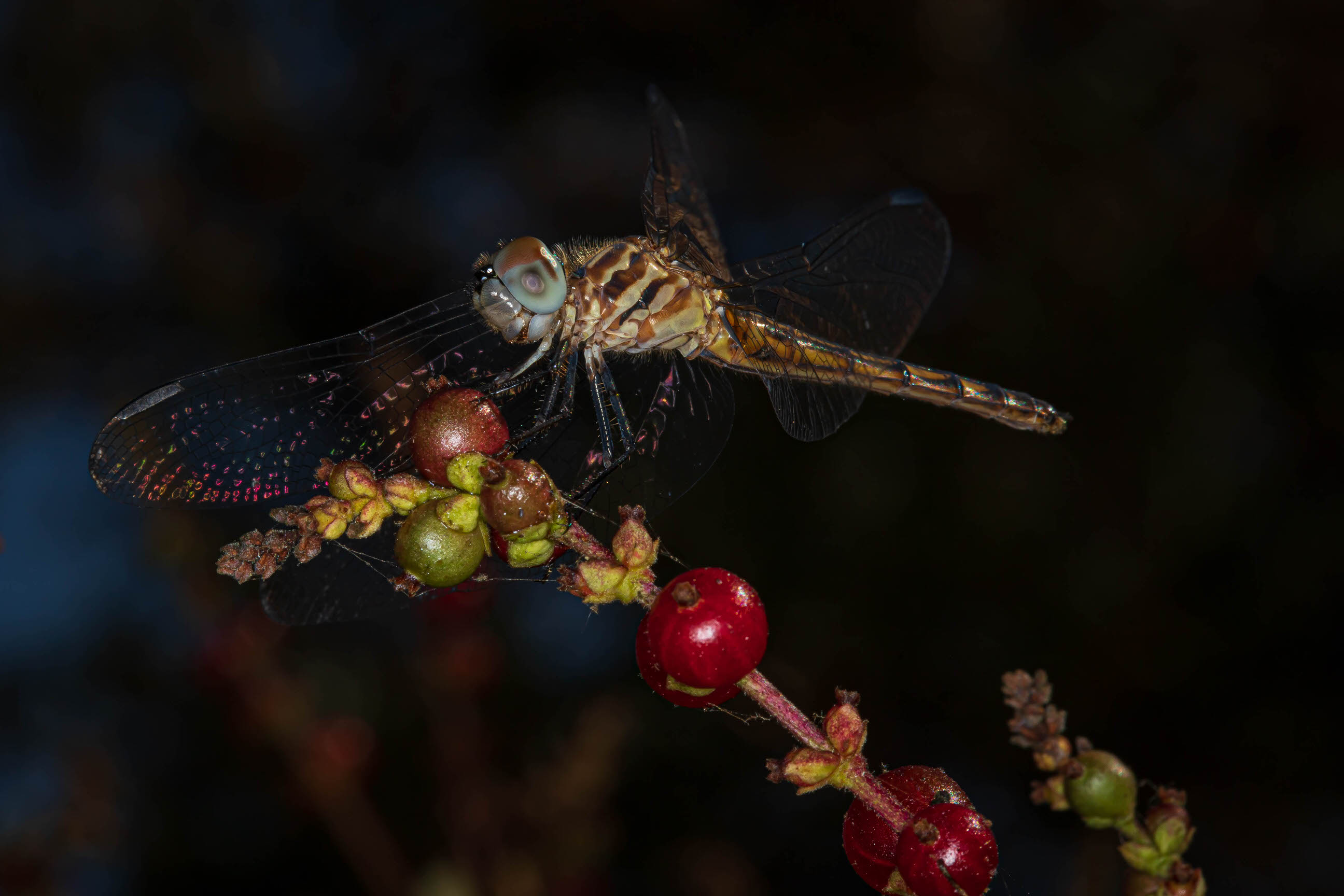
A dragonfly taking lunch on some wild fruit. Photo: George Sherman
I used to determine the quality of my experience on our trails in terms of miles covered and miles per hour. But observing plants and pollinators has led to a reversal — hours per mile. Do you see and experience more by going faster, or is it possible that you could see and experience more by going at a slower pace? During summer, for example, hikers at a slower may notice the Fish’s Milkwort in bloom at the creek crossing or the deep-red Coffeeberry fruits up the trail. Our normal travel speeds require more focus on movement and the trail ahead, and as a result, these plants are just a blur and missed. Changing things up by adding an observational visit is a significant way to enhance your next trail experience. Learning the names of plants you encounter is like putting on a pair of glasses, bringing into focus something that was a blur.
As you change your trail habits responding to the pandemic, why not enhance your trail experience by taking time to observe and learn more about the natural world at your feet?

